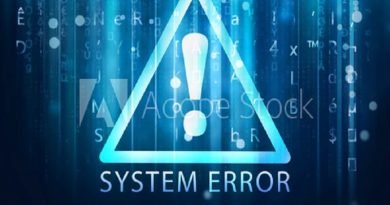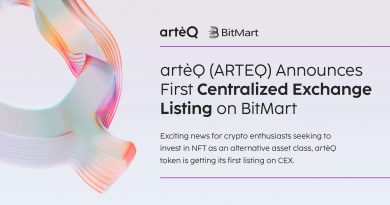$ADA: IOG CEO on Cardano Governance Updates and Voting Mechanism
In a recent broadcast from his home in Colorado, Charles Hoskinson, the co-founder and CEO of IOG, provided an in-depth update on Cardano’s governance journey, highlighting the introduction of a new voting tool and outlining the roadmap for future developments.
Hoskinson began by discussing the Cardano ballot tool, which was developed by the Cardano Foundation in collaboration with IOG and Interesect. This tool is central to an upcoming non-binding poll on CIP-1694. The process involves a snapshot on November 21, followed by a voting period from December 1 to 11, with results expected on December 16.
The poll’s primary objective is to collect insights that will inform the governance plans for 2024. It uniquely counts both stake and participating wallets, encouraging voters to provide feedback through a dedicated form. Notably, Hoskinson mentioned that even hardware wallet users could participate with a minimal amount of ADA.
The initiative serves a dual purpose. Firstly, it acts as a temperature check to gauge community opinions on various aspects of governance. Secondly, it aims to develop an open-source platform for easy and efficient governance-related polling. This tool is expected to facilitate community feedback on major decisions, including hard forks, treasury budgets, and parameter updates.
Hoskinson also touched upon the technical advancements within the Cardano ecosystem. He noted the progress of Cardano Node 8.6 and the impending release of 8.7. Additionally, SanchoNet is reportedly reaching a level of maturity, signaling improvements in governance tooling and the ability to test scenarios like hard forks and parameter changes.
Community engagement and development were also key themes of Hoskinson’s update. He highlighted the active participation of community members in governance discussions and the growing membership in Intersect, indicating robust community involvement.
Looking ahead, Hoskinson hinted at future developments, particularly in CIP-1694, which involves updates related to the rotation of credentials for committee members. He emphasized the ongoing transition of repositories from IOG to Intersect, marking a significant step in Cardano’s development journey.
In his concluding remarks, Hoskinson addressed the need to clarify misunderstandings around the partner chains concept and the Cardano service layer. He plans to release a detailed video to provide further clarity and address any confusion in the community.
https://youtube.com/watch?v=660Udcpl5xs%3Ffeature%3Doembed
CIP-1694 is a Cardano Improvement Proposal aimed at revising Cardano’s on-chain governance system, particularly in alignment with the requirements for the Voltaire phase of Cardano’s development.
Here’s a breakdown of the key components of CIP-1694:
- Revision of Governance System: The proposal suggests a significant overhaul of the existing governance mechanisms on Cardano. This includes removing specialized governance support for protocol parameter updates and MIR (Move, Improve, Remove) certificates.
- New Fields in Transaction Bodies: CIP-1694 proposes adding two new fields to normal transaction bodies on the Cardano blockchain:
- Governance actions: These would be actions proposed for governance decisions.
- Votes: This field would record votes cast by users in the governance process.
- Open Participation in Governance: Any Cardano user will be allowed to submit a governance action, democratizing the process of proposing changes or new features in the Cardano ecosystem.
- Introduction of Three Governance Bodies: The proposal introduces three distinct bodies with specific roles in the governance framework:
- A Constitutional Committee: This body likely serves a role in overseeing the adherence to the core principles and rules of the Cardano network.
- Delegate Representatives (DReps): These representatives would act on behalf of certain segments of the Cardano community.
- Stake Pool Operators (SPOs): These are the operators of the nodes that maintain the Cardano network.
- Ratification Process: Every governance action must be ratified by at least two of these three governance bodies. The type of action and the state of the governance system will determine which bodies are required for ratification.
- Enactment of Ratified Actions: Once ratified, governance actions are enacted on-chain following a set of predefined rules. This ensures that all changes to the network are transparent, verifiable, and in accordance with the established governance framework.
Source: Read Full Article




